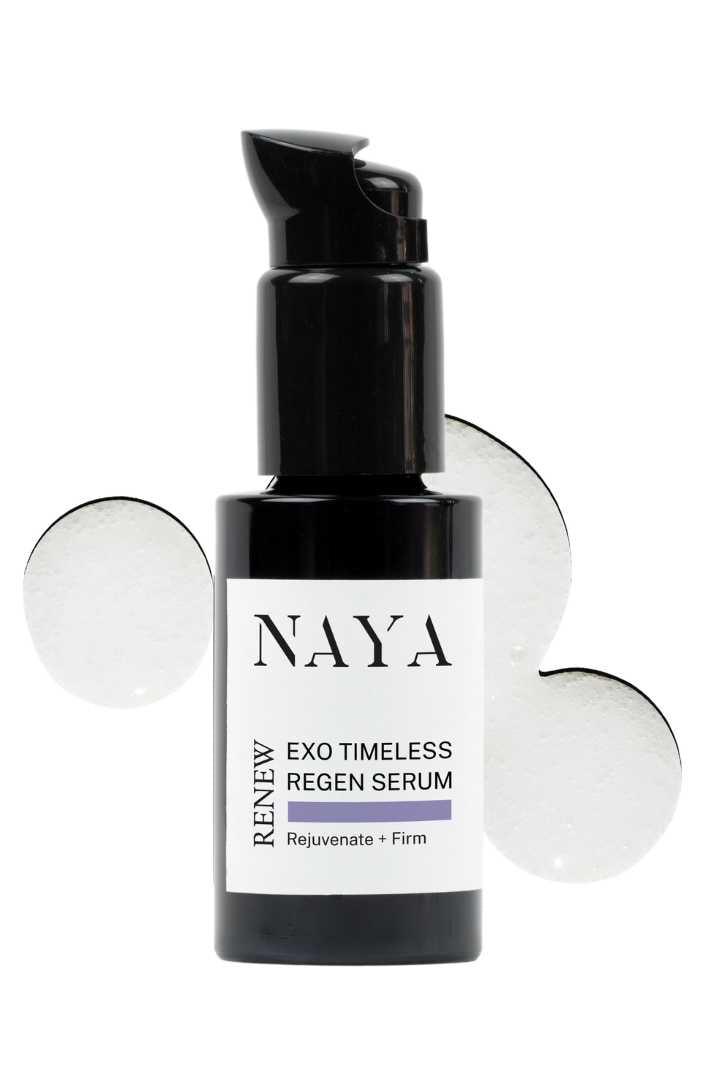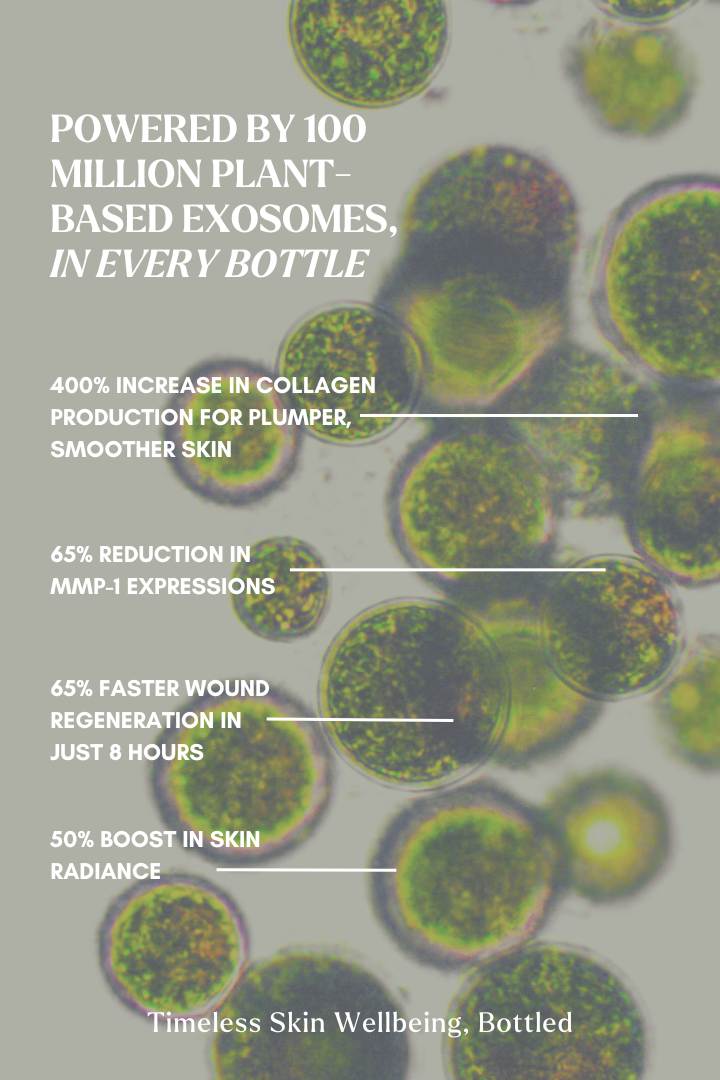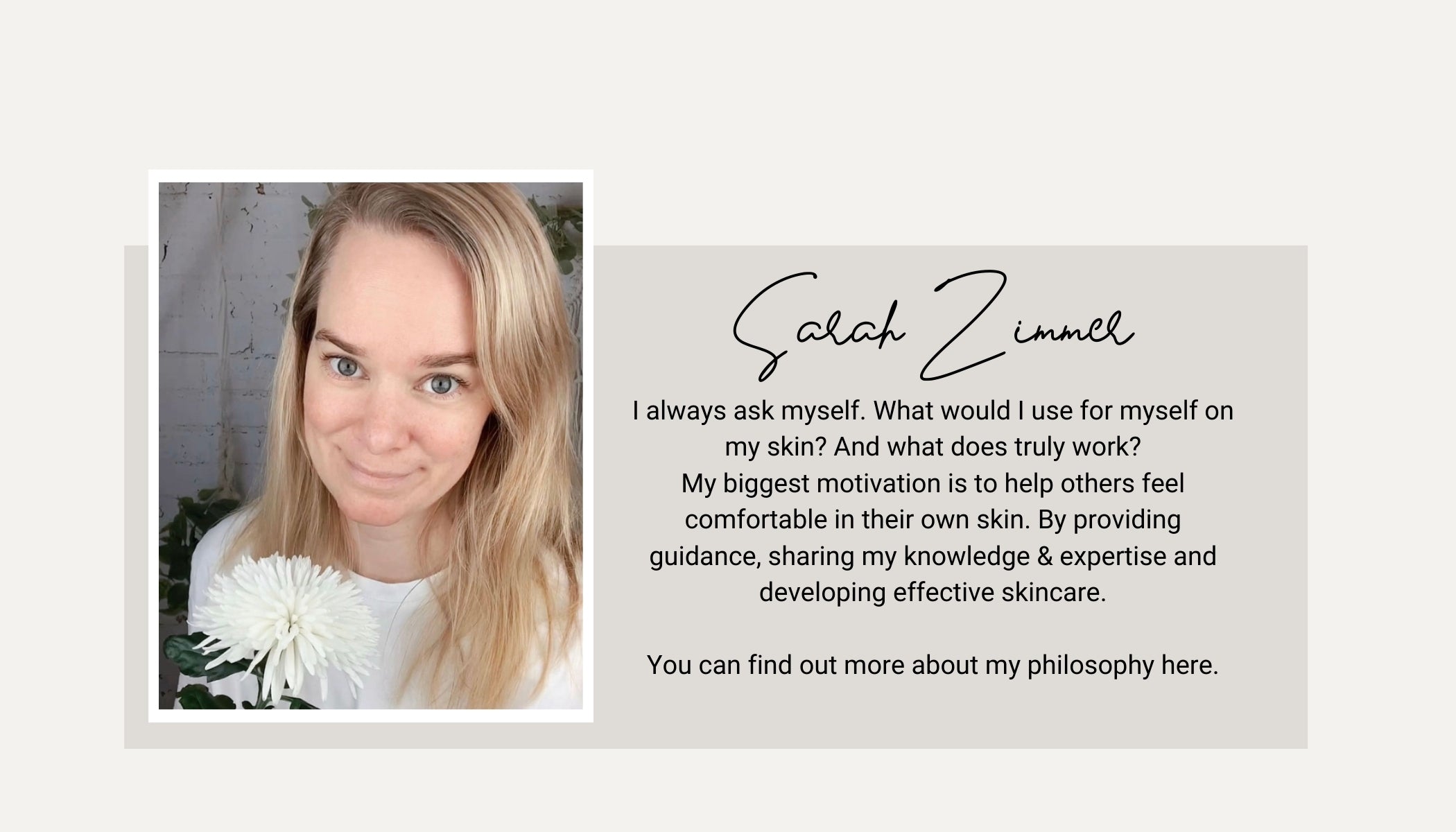How Safe Are Zinc Oxide and Titanium Dioxide as Sunscreen Filters?
Mineral Sunscreen vs Chemical Sunscreen:
The Reality Behind “Natural”
While top mineral sunscreens often highlight titanium dioxide and zinc oxide as natural, gentle alternatives to chemical filters, it’s important to unpack what “mineral” really means—and why “mineral” doesn’t automatically equal “natural” or “organic.”
Many people associate mineral sunscreen with “natural sun protection” or “organic sunscreen” because these products don’t contain chemical UV filters.
Fun Fact: Did you know chemical UV filters are actually being referred to as organic filters?
However, mineral sunscreens usually undergo an intensive, complex, and chemically heavy manufacturing process before they reach the tube. Ingredients like zinc oxide and titanium dioxide are finely milled, purified, and specially treated—often as nanoparticles—even though many consumers prefer sunscreens free of these tiny particles.
These inorganic filters need to grow through this process as we cannot simply use what is available in nature. And these days, most mineral filters are actually entirely produced in the lab. So still thinking it is all naturally, hand-picked from the valleys of some magical country?
This means mineral-based sun protection are by no means inherently “natural” or “organic” in the sense of being unprocessed or purely plant-based. When it comes to natural cosmetics with sun protection, one must look closely: mineral face sunscreens and organic face sunscreens can vary widely depending on their additives and preservatives.
The widespread assumption that mineral sunscreens are completely free of harmful substances is misleading
Because of this, we should be cautious about labelling sunscreens simply as “natural” or dividing them into “mineral” vs “chemical” as purely good or bad categories. Such oversimplifications often promote unnecessary fear-mongering and consumer confusion.
Additionally, UVA protection in mineral sunscreens is often less stable than in some chemical filters. This means mineral sun protection usually need to be applied more frequently or in larger amounts to maintain protection.
The common assumption that mineral sunscreens are completely free of harmful substances is misleading. That’s why we should be careful about marketing sunscreens as “natural” or simply dividing them into “mineral” vs “chemical” as good or bad. Such marketing-tactics unfortunately encourage unnecessary fear-mongering and confusion.
But mineral filters are COSMOS-certified ?
Many of you may wonder why mineral sunscreens often carry certifications like COSMOS or other natural cosmetic seals? These certifications mainly evaluate the overall formulation and sustainability—not just the origin or processing of the UV filters.
Since we distinguish between inorganic (mineral) and organic (chemical) filters, mineral filters are technically also chemical filters, requiring extensive synthetic processing to be usable. Raw minerals cannot be applied directly to the skin because they don’t provide effective UV protection in their natural state.
Depending on the supplier, mineral (inorganic) filters may even contain polymers or other synthetic additives that don’t occur naturally.
And let's open our eyes; COSMOS and the likes are private companies that make their money from these certifications. If huge suppliers or mineral filters are saying "this is natural", COSMOS will hardly turn down a viable revenue stream for the greater good.
Why do I have mixed views?
It is worrying to see how everyone accepts information they find on the internet - trusting a trade magazine or a person that says something or simply who shouts the loudest.
Did you know what the FDA in America has only approved two sun filters as safe to be used in American-made sun products? Yes, you heard correctly.Only two. And this hasn't changed since 1999!
When it comes to sun protection, America is far behind other countries. But it is funny to see how everyone accepts information they find on the internet without checking the source. And American dermatologists advise zinc oxide and titanium dioxide, because they don't have access to the UV-filters we use in Europe as they haven't been approved by the FDA to be used.
If you are not living in America, why would you diminish your options?
In America there are only 16 UV-Filters that have been approved. In Europe it is now 30 UV-Filters that we can use in sun protection.
In Europe, we have come along way but still we look over to the 'Big Brother' and believe that Zinc Oxide and Titanium Dioxide are our only options when it comes to UV-Filters. As these two have been marketed as "natural".
But why has the FDA not approved more UV Filters since 1999?
In America, sun cream products come under the medicines Act. This means that the registering of new filters is an expensive and endless process carried out through the FDA, leaving the country trailing behind with regard to the filters which are used and advised for use. We should know better and not simply believe what we read.
How Do Zinc Oxide and Titanium Dioxide Work?
Zinc oxide and titanium dioxide are both defined as physical sun blockers. This means they sit in your skin barrier, however, they work the exact same way as organic aka chemical UV-Filters. Both of these types of filters actually absorb the UV rays and turn them into heat within the skin to deactivate their effects .
Mineral sunscreens, also called inorganic sunscreens, protect your skin from both UVA and UVB rays. Zinc oxide blocks more UVA rays than titanium dioxide, but its protection gets weaker faster when you stay in the sun. That means you need to reapply zinc oxide sunscreen often during the day.
Also, zinc oxide doesn’t feel very nice on your skin. You might get used to it, but it’s still not a comfortable skin feel.
Are These Truly Natural Filters?
Even though companies say zinc oxide and titanium dioxide are natural, they actually aren’t. These key ingredients are made in labs and are often covered with special coatings to work better and last longer. They are not truly “natural” or “organic” like some people think. Most of these mineral UV filters are made in a very synthetic way in labs. Even if they start from something natural, they go through a lot of processing before they can be used to protect your skin from the sun.
What About leaving a White Cast?
One of the biggest drawbacks of traditional mineral sunscreens is the chalky white appearance they can leave behind. To counter this, brands use nanotechnology, breaking the particles into nano size so they appear more transparent on the skin. And some other brands introduce iron dioxide to colour the cream.
However, the use of nano zinc oxide and nano titanium dioxide raises safety questions. While studies generally show nanoparticles don’t penetrate beyond the outer skin layer (stratum corneum), concerns remain—especially around inhalation risks in sprays or powders.
If you want the best mineral sunblock for face or mineral sunscreen for sensitive skin, look for products clearly labeled as non-nano or using coated zinc oxide, which offers better safety. But be aware of the drawbacks.
The Problem with Free Radicals
Both zinc oxide and titanium dioxide are known photocatalysts—they can produce free radicals when exposed to sunlight. These free radicals can damage skin cells and DNA if not neutralised by antioxidants.
High-quality sunscreens use coated particles to reduce this risk, but many cheaper or poorly formulated mineral sunscreens do not.
Hence Zinc-based / Titanium-based sunscreen has come into question in relation to damaging the coral reefs.
Environmental Impact: Are Mineral Filters Reef-Friendly?
Concerns about sunscreens harming marine life are rising. Chemical filters like oxybenzone are notorious for coral reef damage. A widley used chemical filter in the US. Zinc oxide and titanium dioxide are often marketed as reef-safe, but they can also form free radicals harmful to marine ecosystems, especially if uncoated.
If you’re swimming in coral areas, sun-protective clothing might be a safer option than any lotion.
Titanium Dioxide: A Filter on the Way Out?
In 2022, titanium dioxide was banned in Europe as a food colorant due to safety concerns. While still allowed in cosmetics, its future looks uncertain. It tends to cause a heavier white cast, has a higher free radical risk, and offers lower UVA protection compared to zinc oxide.
By contrast, zinc oxide remains the preferred mineral-based sunscreen ingredient for many health-conscious consumers.
My Advice for Choosing the Best Mineral Sunscreen
I’m generally not opposed to mineral sunscreens for face, but I’m very cautious. And for me, mineral sunscreen is the last option.
Titanium dioxide scores low for me due to free radical generation, environmental concerns, no UVA protection, banned as a food colorant and cosmetic drawbacks.
Zinc oxide—especially coated and non-nano—is a solid choice for those seeking the best mineral SPF (sun protection factor) for face, mineral SPF 50, or mineral sunscreen for sensitive skin.
However, it also has its drawbacks such as free radical generation, environmental concerns, weakening UVA protection and low quality zinc oxide - such as those coated in microplastics.
If you’re allergic to common sunscreen ingredients, a high-quality zinc oxide sunscreen lotion might be your best path forward. But make sure, to regularly reapply the sun lotion. And don't let mineral sunscreen be your only sun-safe strategy.
In addition, if you suffer from dry skin, make sure to apply plenty of hyaluronic acid and possible additional lipids. Unfortunately, Zinc Oxide accumulates into the skin barrier and dries out the skin. Thus those two spf mineral sunscreen filters are typically great for oily, blemish prone skin as they provide as well a matte finish but not ideal for people with dry skin or an impaired barrier.
What to Look For in the Best Mineral Sunblock:
- Zinc oxide only (no titanium dioxide)
- Coated particles for safety and stability - but avoid microplastic
- Non-nano formula (if concerned about nanoparticles)
- Fragrance-free for sensitive skin
- Made in the EU or UK, where filter technology and regulation tend to be more advanced
Final Thoughts: Mineral vs. Chemical Sunscreen
The difference between mineral and chemical sunscreens boils down to their formulation and strong UVB and UVA protection as the mechanism is the same.
Mineral SPFs often suit sensitive or reactive skin better, while chemical sunscreens tend to feel lighter and more elegant but you need to know which UV-filter to use and which ones to avoid.
Choosing the best mineral sunscreen UK or best mineral facial SPF depends on your skin type, lifestyle, and values. Now that you understand the science behind these filters, you can make an informed choice. And please don't choose mineral / inorganic filters as you still believe they are your only natural sunscreen. Natural sunscreen as such does not exist.
I hope you found this helpful. And if you have any questions, please feel free to reach out. Or why not book a skin consultation with me.
Check out my YouTube Video on this topic.
Relevant articles:
What can you do against Sun Allergies?
The Science between Chemical (organic) and Physical (inorganic) sunscreens









Leave a comment